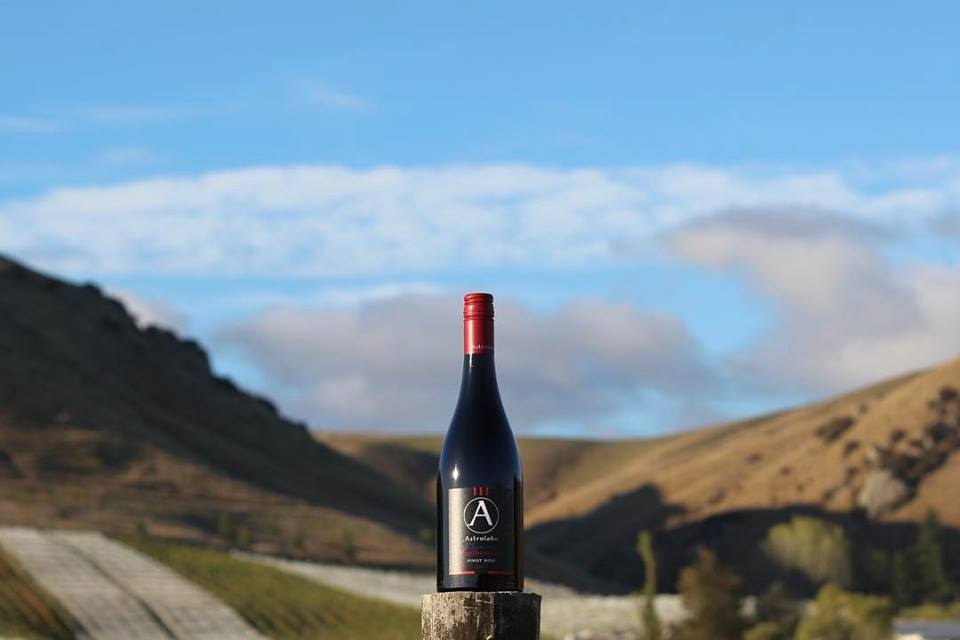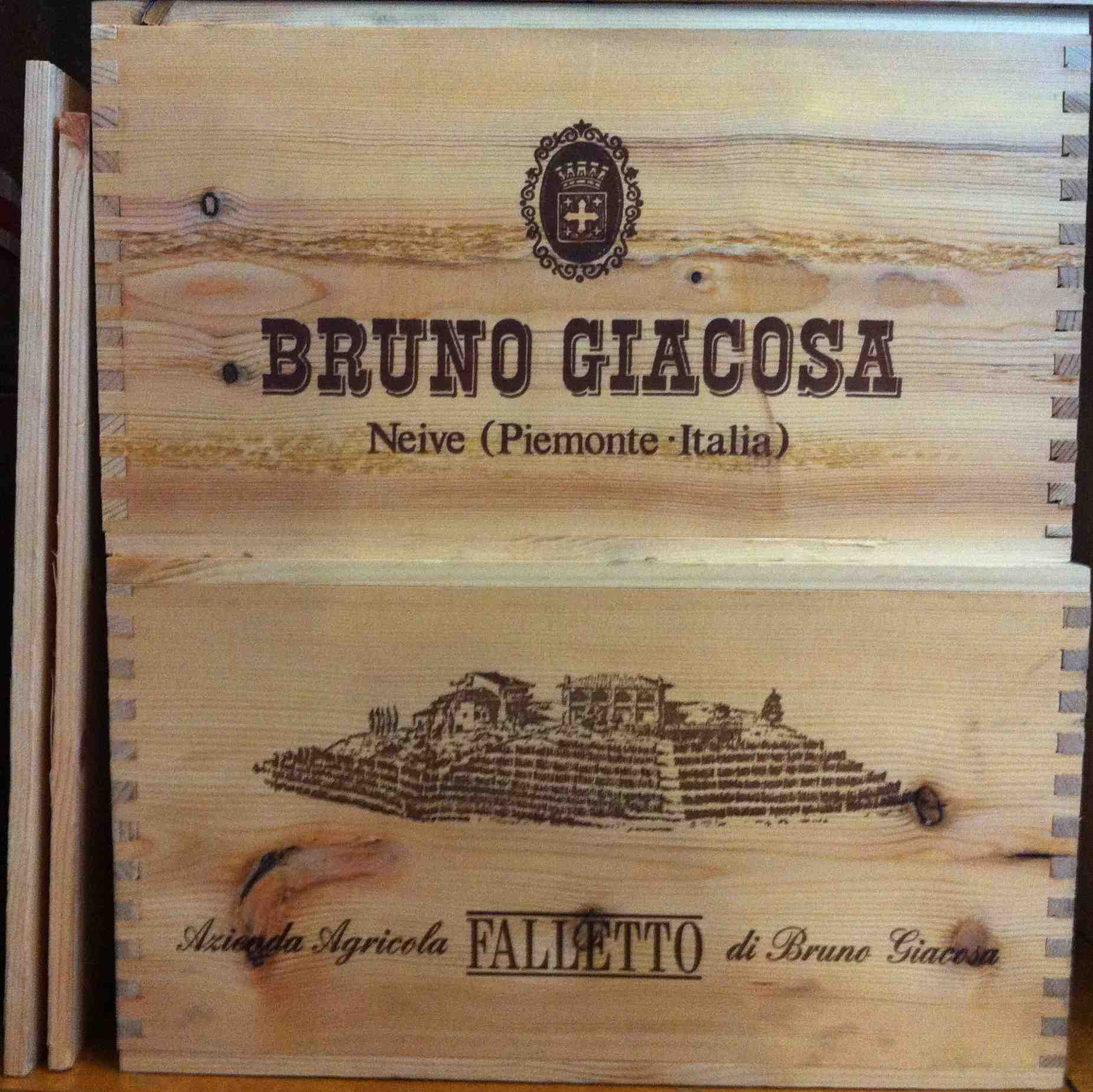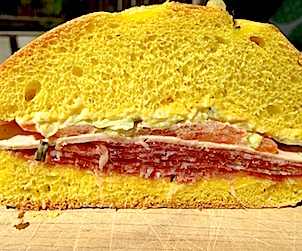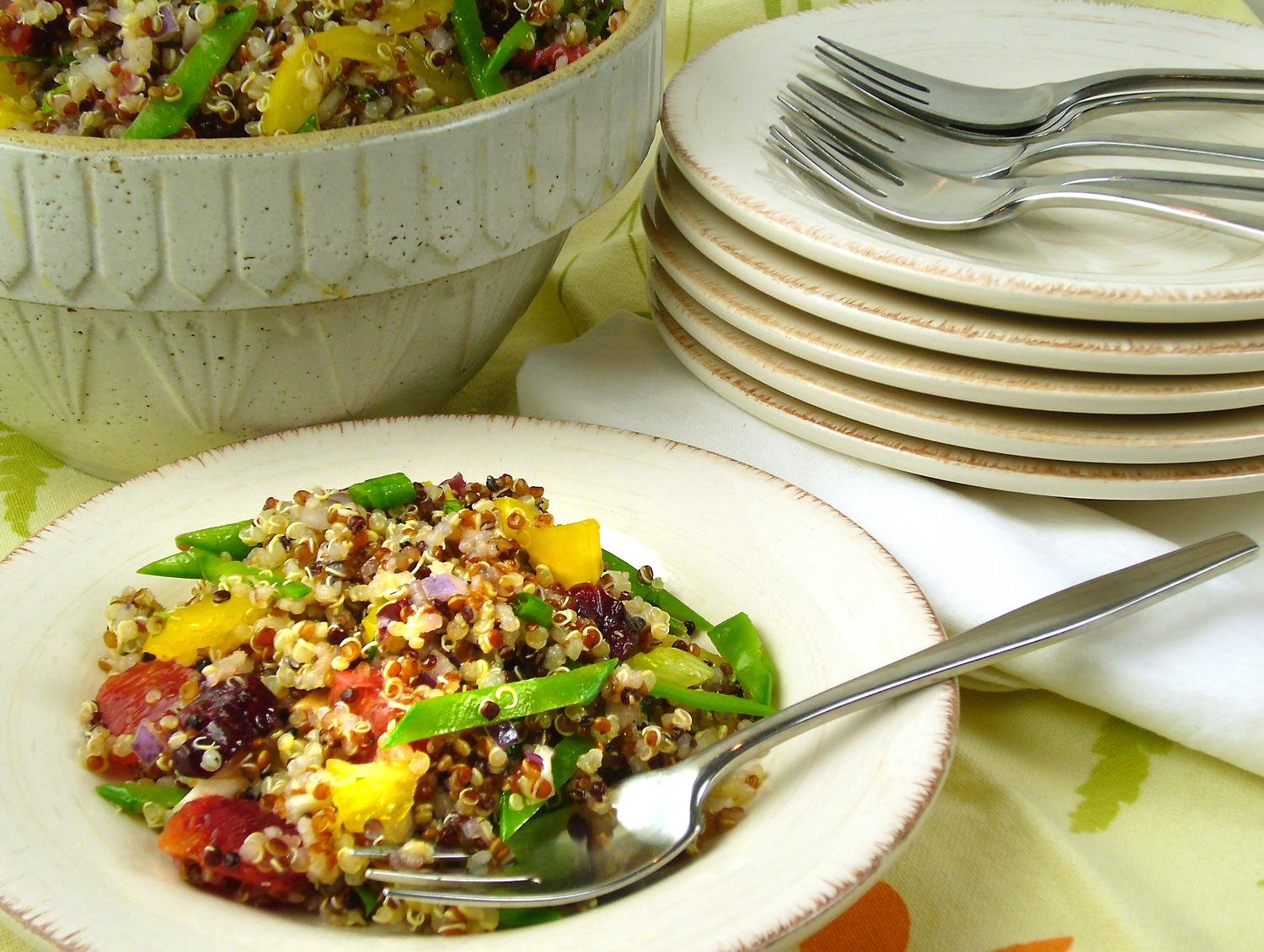by Jamie Drummond and Malcolm Jolley

Miriam Streiman at The Slow Food Picnic At The Brickworks. Photo: Dave Persaud
For us 2009 could hardly have been a more significant year: we launched
Good Food Revolution, Southern Ontario’s food and wine news site and its parent company,
Good Food Media, one of Canada’s first not-for-profit web-publishing companies. But as GFR0101 to GFR0124 prove, much has gone in the gourmet world and good food movement this year. Jamie and I asked some of Ontario’s fooderatti to comment on what they thought might have been the most significant food or wine event of 2009. We also asked if there was anything big that most of us missed. Here’s what they told us below. Next week: what they predict will be hot for 2010.
Farm to table was definitely the most significant trend of 2009. Beyond being a theme at restaurants, this trend touched the grocery industry and suburban and urban home dining rooms. It also set the tone for many events across the country including two of my favourites, Toronto Taste (where many chefs like
David Garcelon,
Scott Vivian and
Martin Kouprie took advantage of the occasion to showcase local foods) and the
Evergreen Picnic at the Brickworks.
George Gurnon, Owner, Pastis Express
In 2009 there was definitevely the trend to neighbourhood, bistro style, more casual dining (Ossington, Queen East, Mt Pleasant, Rosedale). More modest digs and friendlier, no attitude and certainly no waiter reciting the composition of every dish. This new style of dining could be seen at Brad Moore’s School and the soon to be opened Origin from Claudio Aprile. As for what didn’t get the coverage it deserved: the demise of Jamie Kennedy’s Wine Bar and Gardner restaurants.
Matt Galloway, Host, Here & Now, CBC Radio 1 99.1 FM
I thought the most significant food trend was the rise of food equity. I sit on the board of the Stop Community Food Centre and have seen an enormous groundswell of support for the idea of “good food for all,” the concept that the good food revolution should extend to all, not just the middle and upper class.
Great tasting $7 reds – and from places other than Argentina. And what didn’t get the
coverage it deserved? My Men in Pink Lunch in June at Allen’s.
Survival. And what ought to have been covered? All the charitable work restaurants have done this year in spite of all the difficulties.
First, the challenge that was mounted by our industry in the face of no Canadian chef being included in the publishing of the cook book COCO – Canada was not recognized and the rest of the western world was. But we came of age by standing up and making our case in both the national and international press. And the second big story was the acceptance by the industry of the use of locally grown and produced food. Menus featured the local provenance of the ingredients in our dining rooms while elevating ‘fresh’ to centre stage.
The Cellared in Canada debacle. There was a huge uproar in the press over the scandalous attempt to pass off non-Canadian wine as Canada’s own, and for the the Vancouver Olympics no less. The positive side is that this has led to an industry overhaul: rules, nomenclature and shelving for “Cellared in Canada” wines are almost certain to change in 2010 as a result of the furor. A recent Wine Intelligence study from the UK concluded that “Fewer than one in five Canadian wine drinkers can recognize and correctly understand the term “Cellared in Canada”. A majority – 64% – of Canadian wine drinkers don’t even recognize the term “Cellared in Canada” when they see it.” Hello, hello. Do we need another wake up call? Folks aren’t getting it. It’s misleading. Change it so we can move on. What got missed? I was surprised by the revelation that China is the 6th largest wine grape growing country in the world. Where does it all go?
In my opinion, the most significant food trend of 2009 was sustainability. I know that word is getting slapped around everywhere, but at all levels, those of us who produce food have been considering the environmental impact of our work in a much more crucial and consistent way. Though local eating seems to have something of a cultish image, these efforts mean something important. Local eating is not a new idea, it’s the way we started out as humans. 2009 was about pulling back the reigns on the commodification of food, celebrating the bounties of our harvests, and wanting meaningful connections with the people who grow, produce, deliver, cook, serve and eat our food.
The birth of a new sustainable meat industry – veal. We’ll be receiving the first ever Certified Organic veal raised in Ontario in January as a result of an article I wrote in
Edible Toronto.
2009 was the year that the nasty bits went high-end. While other competitors served up safe, warming plates of venison loin and braised short ribs – Chef
David Lee of
Nota Bene took a risk in dishing out perfect bites of crisped chicken skin topped with pressure cooked cartilage – and won the Toronto leg of the
Gold Medal Plates competition. Sure, beef hearts and chicken feet are de rigueur on Argentinean and Chinese menus, and lower cuts like pork belly and beef cheeks have been gaining steam for a while. But the chi-chi beef heart I ate at Whistler’s
Araxi in the fall was a sure sign of more white linen-ed bull’s balls and chicken assholes to come.
Anthony Walsh, Corporate Executive Chef/Partner, Oliver and Bonacini Restaurants Local, local, local. Locavorism as trumped any of its close food trend competitors including molecular gastronomy, charcuterie, even Champagne. Outside of that the economy seems to be the driving force, keeping things small and modest.
Sacha Douglas, Coupe Space Proprietor-turned-Bobcaygeonite
Local or artisanal anything was undoubtedly the most significant continued trend of 2009. What was once the mantra of a select few chefs has now become de rigueur for any self-respecting restaurant. The emerging trend that was only covered slightly by the media were subversive food and wine events à la Coupe Space Tasting Club,
Charlie’s Burgers, and House of Commons. They (we) bypassed the city’s oppressive bureaucracy to bring unique culinary experiences to those ‘in-the-know’. Of course these somewhat underground events only want so much press (wink, wink).
The most significant beer event or trend of 2009 was, in general, the rise of exposure to cask-conditioned ale, and, specifically,
Bar Volo’s extension of Cask Days (in its fifth annual edition) to cover an entire week, offering thirsty punters something like 70 cask beers between Monday and Sunday. This was also the event that received far less exposure than it deserved.







